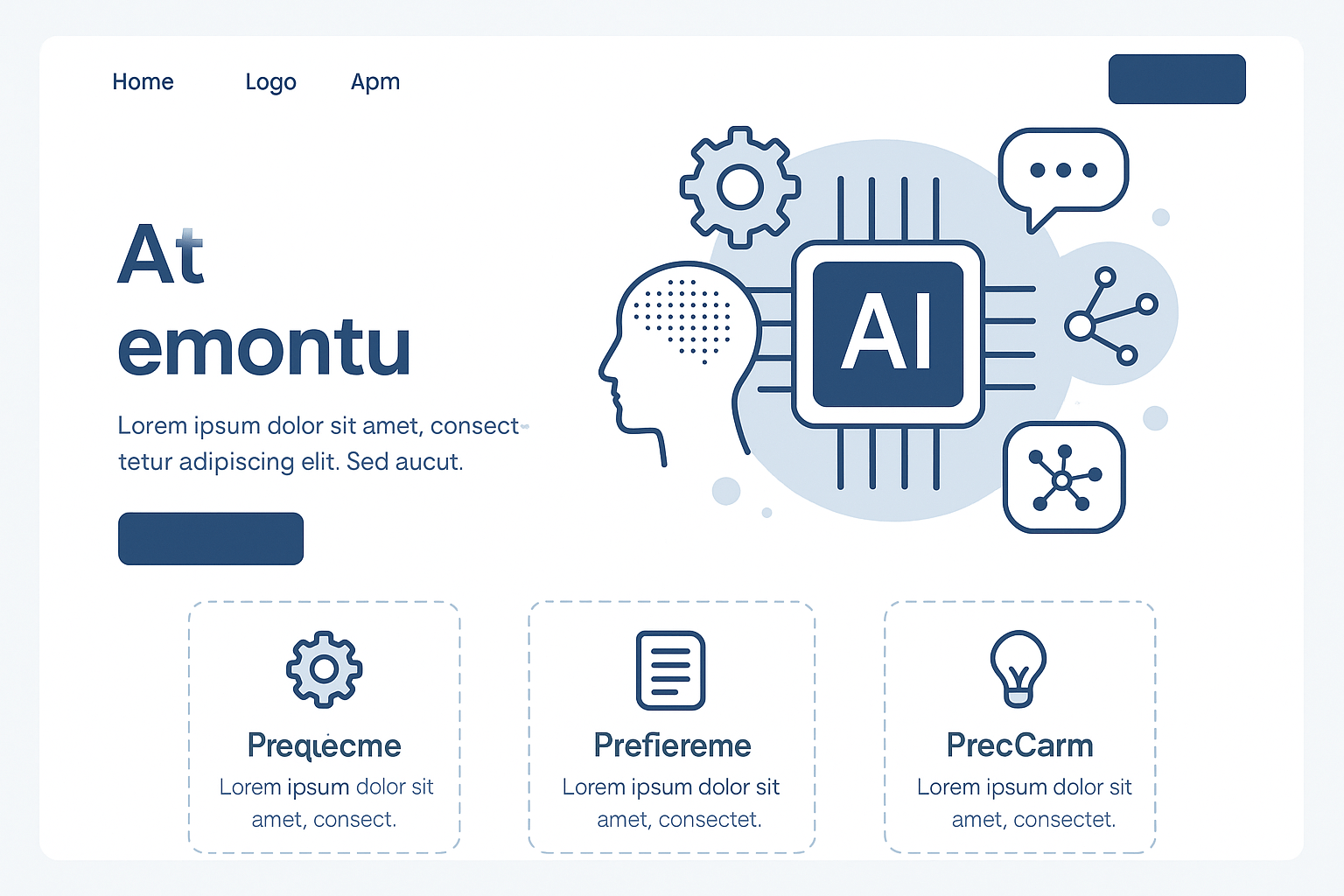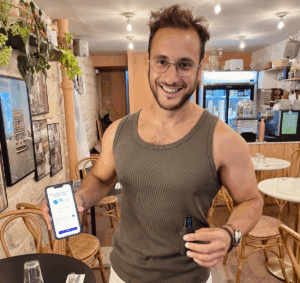Today, your file Google Business Profile is often the first showcase of your business for Internet users… and for artificial intelligence. It’s a strategic lever to appear in local Google Maps searches, but also in AI suggestions (“best Italian restaurants around me”, etc.) and in Google Instant Answers, Connected ChatGPT, Perplexity AI, etc.
Optimizing your listing is therefore non-negotiable if you want to capture new customers in the age of conversational search. And that's exactly what we're going to explore in this article.
🧭 This article is a chapter from my guide “Optimizing Your Business in the Age of AI”.
📘 See all chapters
1. Mandatory elements to be absolutely completed
🔵 Name of the establishment : use your real trade name, without adding abusive keywords. (Ex: “Bella Roma”, not “Best Italian restaurant in Paris”)
🔵 Precise address: Provide a complete address, without fancy abbreviations, that is the same everywhere on the internet.
🔵 Phone and website: Choose a local number and an HTTPS site.
🔵 Opening hours: Be rigorous, and update them on holidays and special events.
Fan of the WordPress ecosystem? Discover the best of my articles on WordPress as well as my WordPress extensions to make your site shine!
🔵 Main and secondary categories: Choose one ultra-precise main category (e.g. “Italian Restaurant” and not just “Restaurant”), and add relevant secondary categories if needed (e.g. “Pizzeria”, “Italian Caterer”).
🔵 Description of the establishment:
-
750 characters max, writing for humans And AIs.
-
Talk about your main offer, your location, your specialty.
-
Avoid keyword lists: favor a natural tone.
2. Enrich your profile to boost your visibility
After the basics, move up a gear with these advanced elements:
🟢 Quality photos and videos
-
Photo of the facade (essential for Google Maps)
-
Interior, team, dishes (if restaurant)
-
Short presentation videos
🟢 Regular Google Posts
-
Announce your new products, promotions, events.
-
1 to 2 times per month minimum.
-
Text + image = better performance.
Tip: You can use the WordPress plugin Post to Google My Business, or even Zapier to automate the publication of articles from your site to your Google listing, which allows us to make the link with the previous article in the guide, which explained the importance of putting the website back at the center of the marketing strategy, whereas before the arrival of AI, websites had been somewhat neglected by brands. By publishing content regularly on your website, and automatically relaying it on social networks and on your Google listing, you kill two birds with one stone.
🟢 Services, products and menus
-
List your main services and your products/services.
-
For a restaurant: integrate your menu directly on the card.
🟢 FAQ / Questions and Answers
-
Answer common questions (e.g., “Do you have a terrace?”, “Do you offer vegetarian dishes?”).
-
You can ask and answer yourself to the relevant questions.
3. The critical importance of NAP consistency
NAP = Name, Address, Phone
(Name, physical address, telephone number)
This trio must be EXACTLY IDENTICAL :
-
on your website,
-
on your Google listing,
-
on your social networks,
-
on local directories.
An inconsistency (e.g. “rue de l’Église” on Google and “rue Église” on your site) can hurt your local ranking and confuse AI.
👉 Tip: centralize your writing model to never vary.
4. Why it's crucial for AI
Conversational AI rely heavily on local databases type Google Business Profile, Yelp, Tripadvisor, TheFork… If your profile is complete, coherent, enriched, you increase:
-
your chances of appearing in response to a voice or written question,
-
your presence in the “best X nearby” suggestions,
-
your local authority on your area of activity.
🚀 To remember
Your Google listing is your first digital ambassador with AI and humans. It must be alive, up to date And strategically filled.
Don't think of it as a mere formality: it's a secret weapon for capturing new customers before they even reach your site!
👇 Continue with the next chapter:
Chapter 4 – Structuring your social profiles and directories
📘 Or find the complete summary of the guide





